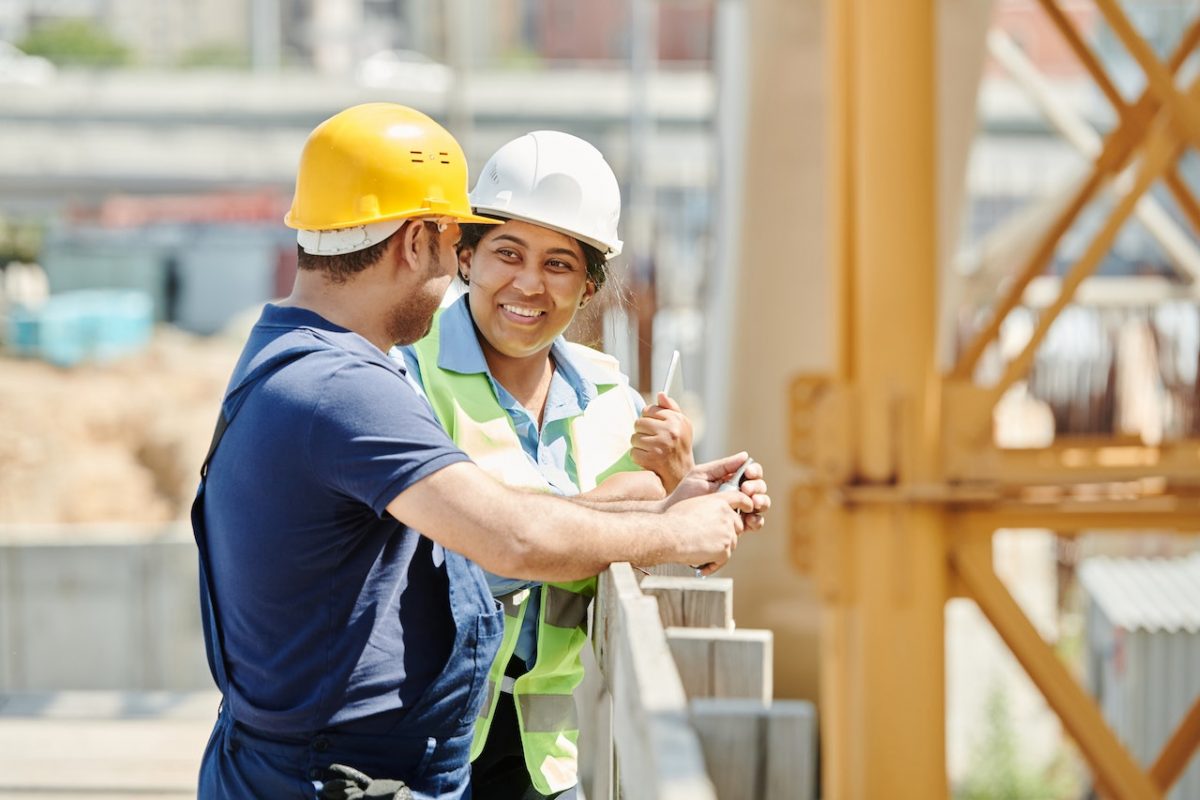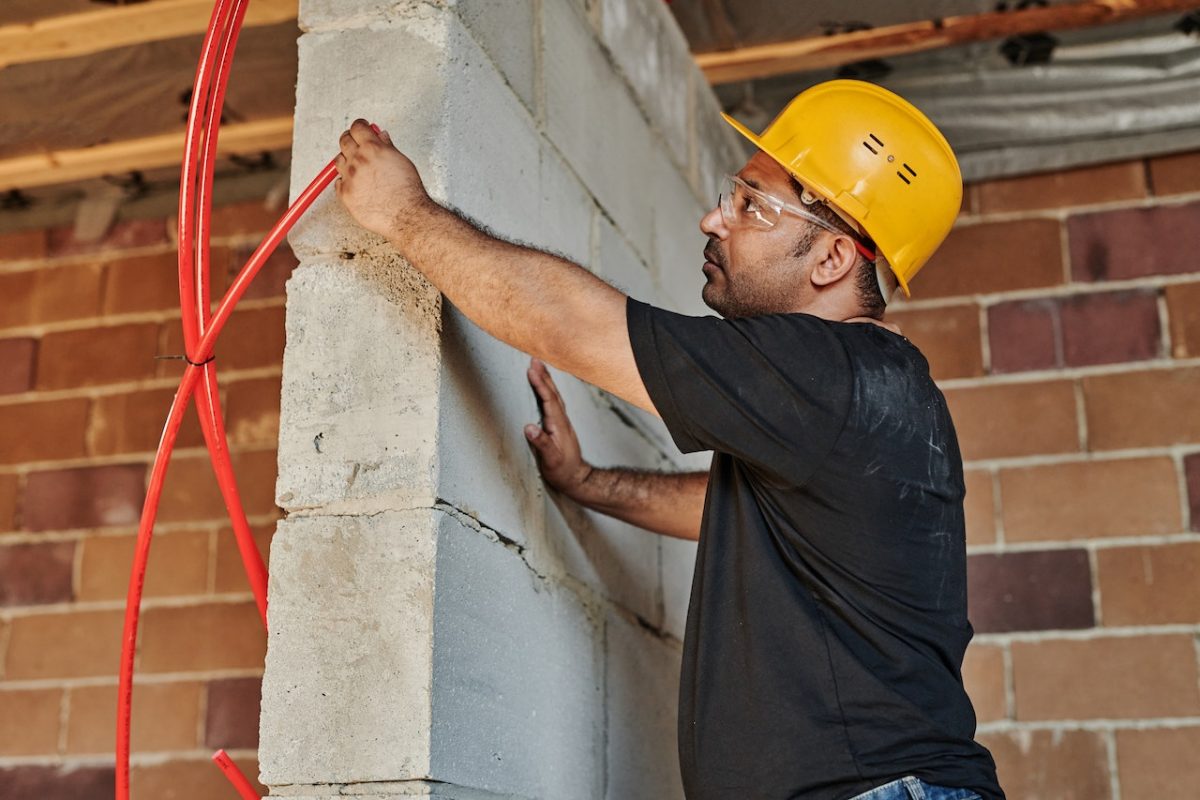What exactly is #BuildAKL?

#BuildAKL is a dynamic initiative geared towards facilitating the integration of Auckland’s youth into the flourishing world of construction and infrastructure employment opportunities.
This endeavor was crafted through a collaborative effort involving Auckland’s construction and infrastructure sector employers in conjunction with Auckland Tourism, Events, and Economic Development (ATEED). This collaboration is driven by a shared commitment to ensure that the young generation has access to gainful employment, educational prospects, and training pathways.
The benefits of increasing the presence of young Aucklanders within the construction and infrastructure field are manifold. Not only does it help alleviate a substantial skills deficit within the industry, but it also unlocks a plethora of employment opportunities and career avenues for budding individuals.
One of the primary objectives of the #BuildAKL campaign is to amplify awareness regarding the abundance and diversity of roles available within this sector. These roles span across the spectrum, ranging from entry-level positions to apprenticeships and positions that demand specialized qualifications. Importantly, #BuildAKL extends its invitation to all Aucklanders aged 16-24, with a particular emphasis on encouraging the participation of young women, Māori, and Pasifika individuals within the sector.
The burgeoning construction and infrastructure sector

As our population experiences growth, the construction industry in Auckland is likewise expanding at an astonishing pace.
- In 2013, Auckland had a population of approximately 1.5 million, and projections suggest an increase of 716,000 over the next three decades, reaching 2.2 million residents by 2040.*
- The surge in Auckland’s population necessitates the construction of an additional 400,000 homes by 2040.
- In 2015, the industry provided employment for 60,500 individuals, making it one of the largest employers in Auckland. The expectation is that employment within the industry will rise by 32,000 in the coming years.**
- Looking beyond 2018, the construction sector is poised for continued employment growth due to sustained demand and workforce attrition.*** This growth presents an opportunity to foster youth employment within the industry and establish sustainable career pathways, contributing to Auckland’s economic development.
Auckland’s construction and infrastructure sector is experiencing shifts in skill requirements. As infrastructure projects become more intricate, housing construction transitions from single dwellings to medium and higher density, and digital technologies like building information management and virtual reality come into play, different technical skills and enhanced relationship and communication abilities are increasingly in demand.
